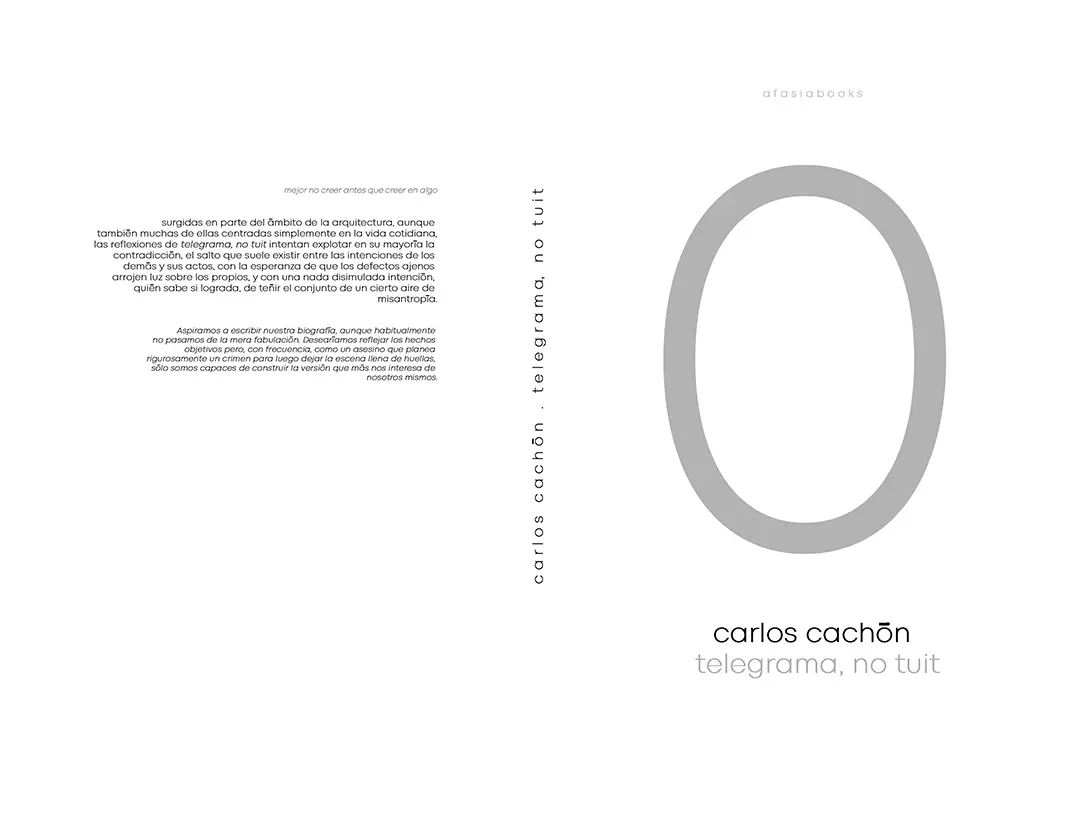
RAS·A . photos: © do mal o menos
The Municipal Market of Fornos de Algodres (1902) is a historic building that has played a central role in the life of the community over the decades. It underwent interventions in the 1930s and 1990s. In addition to its primary function as a market, the space evolved to become a point of convergence for events of multiple natures such as fairs, exhibitions, and concerts, taking advantage of its centrality and size.
The 1990s intervention aimed to improve the functionality of the market through various actions, the main one being the creation of several metal truss coverings at different heights with the purpose of offering extended shelter from the square to its users, but also through the requalification of the pavement and the enclosure of the shops with PVC window frames.
However, the intervention did not keep pace with the emerging needs of the community, proving inadequate especially during the Autumn and Winter months, when the severe weather conditions of the region made its appropriation difficult. The roofing system did not adequately protect against wind and rain, and the configuration of the shops did not allow for a fluid relationship between traders and visitors. The use of the building also resulted in an introverted experience, as it did not establish quality connections with its immediate surroundings, the town, nor with the striking landscape of the Serra da Estrela. Furthermore, when not in use, the market remained closed to the public, wasting its potential as a space for community appropriation.
The commission foresaw the creation of a sheltered and flexible multipurpose space, the reconfiguration of the shops, and the requalification of the public space.
Given the low budget available for such a vast area (~€255/m2), the project adopted an approach focused on the essential. Flexibility in the use of the market was a priority, and this translated into targeted interventions that removed physical and visual barriers. The design approach was based on the removal of unnecessary or conditioning elements as an act of creation. This economy of resources underpinned a strategy of reusing the existing structure and integrating new construction elements, which brought significant challenges in the compatibility between the existing and the new. It was necessary to deal with metric constraints, the state of conservation of the original materials, and adaptation to regulatory requirements. In addition, the sanitation, rainwater, and electrical infrastructures were also partially reused.
In addition to functional improvement, there was also a concern with restoring original characteristics of the building that, over time, had been lost or hidden. In particular, attention was paid to the reminiscence of the building as a “boulevard,” a reference to its role as a central public space in the life of the town.
This rehabilitation seeks to preserve the historic character of the building while adapting it to current needs, promoting flexibility of use and integration with the surrounding urban and natural landscape. Permeability to the urban space not only reactivates its function as a commercial hub but also transforms it into a space available to the community at any time of the year, regardless of its formal use. This reappropriation of public space is fundamental for the market to once again become a meeting point, strengthening the identity of the town and promoting interaction between its inhabitants.
_
FORNOS DE ALGODRES, PORTUGAL, 2024
ARCHITECTURE: RAS·A (Rui Santos, Miguel Roque, Paulo Afonso)
COLLABORATION: Fernando Miranda
SPECIALTIES: Edgar Brito (Stability), Luís Oliveira (Electrical Installations, Fire Safety), Celina Cabete (Hydraulic Installations), Bruno Henriques (HVAC)
SUPERVISION: Gearqtec CONSTRUCTION: Edibeiras
CLIENT: Municipality of Fornos de Algodres
PHOTOGRAPHY: © do mal o menos
INTERVENTION AREA: 6500m2
BUDGET: €1,657,816.26






























